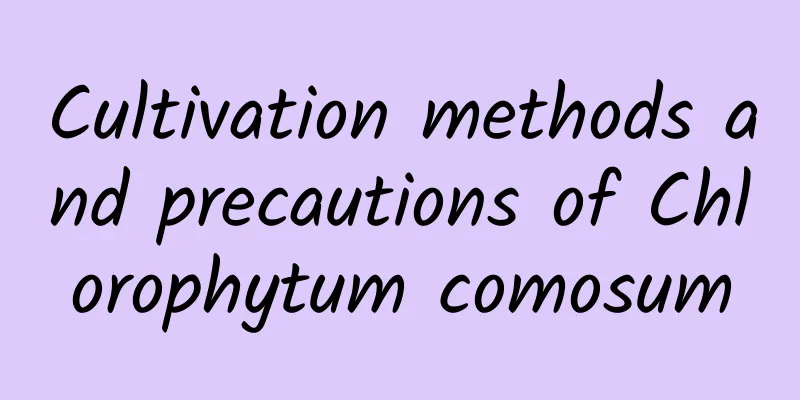How to grow Andrographis paniculata

1. Suitable temperatureAndrographis paniculata prefers hot and humid climate. It likes plenty of sunlight and fertile soil. When seeds are germinating and seedlings are growing, the suitable temperature is around 25~30℃. When the temperature drops to 15~20℃, the growth will be slow; when the temperature drops to around 8℃, it will stop growing. When the temperature drops below 0℃, all the plants will wither. Therefore, it is best to choose fertile, loose and well-permeable sandy soil for cultivation. 2. TransplantingWhen Andrographis paniculata grows to about 6 cm in height and has 3-4 leaves, it can be transplanted. Before transplanting, it is best to water the seedbed first to facilitate lifting the seedlings with soil, and the survival rate will be very high. It is also necessary to choose to transplant in the evening or on a cloudy day, and the plant spacing should be about 25 cm. Water the plants immediately after planting. It is best to water it once a day. You also need to loosen the soil a little to help it grow. 3. Fertilization1. Medical stone fertilizer method: Sprinkle a layer of medical stone particles on the soil in the flowerpot, which can not only promote the growth of flowers, but also prolong the flowering period. 2. Broken eggshell fertilizer method: Crush the eggshells and bury them in the soil of the flowerpot. This will make the flower grow luxuriantly, with bright flowers and lush leaves. 3. After the soybeans are cooked: you can dig three small holes in the flowerpot, put three to five soybeans in each hole to a depth of two to three inches, and then cover it. 4. Rice washing water: Rice washing water not only does not hurt the roots of flowers, but is also a mild compound fertilizer. 4. Pest Control1. Damping-off disease: It will occur in the stage of 1-2 pairs of true leaves. You can treat the soil with 50% carbendazim, or irrigate the diseased area with 1000 times the solution. 2. Damping-off disease: If there are 2-3 pairs of true leaves, be sure to control the temperature, pay attention to ventilation, and strengthen the management of the seedbed. 3. Black stem disease: It usually occurs in the adult plant stage. Usually, you should pay attention to draining stagnant water in time, strengthen management, and avoid continuous cropping. 4. Disease: During the epidemic period, spray the diseased area with 50% carbendazim or 1000 times diluted carbendazim. In addition, it is necessary to prevent and control cotton bollworm, mole crickets and viral diseases. |
<<: What does Gesang flower mean?
>>: Cultivation methods and precautions of Cistanche deserticola
Recommend
Reproduction of Rhododendron serrata
1. Seeding method The sowing of Rhododendron horn...
Main prevention and control measures for common flower diseases
Main prevention and control measures for common f...
What is the best month to plant okra?
When to plant okra Okra is generally planted in s...
How to prune the roots of Clivia
1. Clear the soil First, when repairing its roots...
When is the right time to plant angelica seedlings?
Angelica sinensis, which is also known as dried a...
Can creeper be transplanted in winter? How low of a temperature can it withstand in winter?
1. Is it possible to transplant? You can transpla...
How to propagate Chinese rose by sowing
Treatment of rose before sowing Rose plants have ...
When is the right time to plant soybeans?
Soybean is an important food and oil crop . Its s...
When is the best time to repot azalea?
Rhododendron repotting time Do not repot azaleas ...
Cultivation methods and precautions of Schefflera
1. Soil Schefflera grows better in loose and fert...
Just pick up something from the roadside, bury it in the pot, and the yellow leaves and rotten roots will disappear!
Worm castings I wonder if you have ever paid atte...
The Flower Language of the Tower of Ashina
The flower language of the Tower of Red: elegance...
How to care for hawthorn trees? Can hawthorn be planted in pots?
1. Maintenance and management 1. Soil: The soil f...
How to grow Clivia after changing the soil and when to water it
1. When should I water the Clivia after changing ...
How to grow night succulents
The succulent Quiet Night is a succulent plant of...









